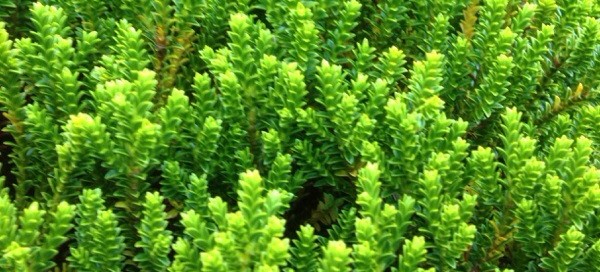Rose
This is a rose bush. There are so many different varieties that it's impossible to tell you which one you have, but the care for all roses is pretty much the same. 1. Roses like well-enriched soil so spreading a bag of compost or composted cow manure on the top of the soil every year is a good thing to do. Spread it so that it's an inch deep and top with another inch layer of bark mulch if desired. 2. Use an organic fertilizer made for roses in the early spring and again at the end of June. You don't have to dig it in - just spread it on the surface around the plant before you spread the compost, and on top of the mulch/compost later in the summer. 3. In April, the plant will put out red-colored shoots. This will tell you what's alive and what's dead - cut off any dead stems or tips of stems that don't have such red shoots on them. After that, remove any crossed branches or any branches that are growing into the center of the plant instead of away from the center. This promotes a nice, vase-like form. 4. Water roses deeply once a week, watering in the morning so that the plant doesn't stay wet overnight.









